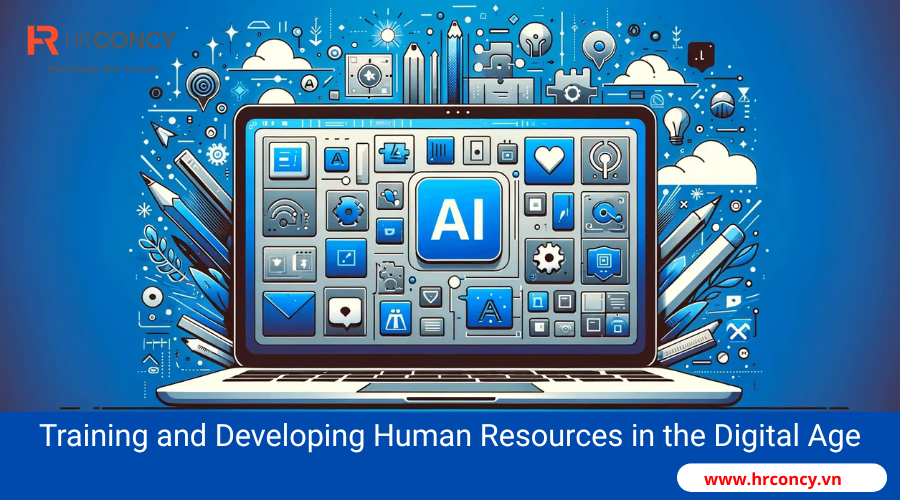Total Rewards: The Secret to Attracting and Retaining Talent
In the increasingly competitive labor market in Vietnam, attracting and retaining talent is a significant challenge for businesses. A well-designed Total Rewards strategy not only helps companies stand out to candidates but also motivates employees to stay committed in the long term. So, what is Total Rewards, and how can it be implemented effectively? Let’s explore this through the following article.
What is Total Rewards?
Total Rewards encompasses all the value that a company provides to its employees in exchange for their dedication and efforts. Contrary to the common belief that “high salary is enough,” Total Rewards is a comprehensive framework that includes both financial and non-financial elements, tailored to meet employees’ diverse needs. Think of Total Rewards as a multi-layered cake, with each layer representing a different aspect of value:
- Compensation: This is the most visible layer, including base salary, performance-based bonuses, commissions, or allowances such as transportation, meals, or even housing support. However, a high salary alone is not enough. Talented employees, in particular, often seek more than just a number on their paycheck.
- Benefits: Benefits like health insurance, social insurance, paid leave, or programs such as scholarships for employees’ children play a crucial role. For instance, a tech company in Ho Chi Minh City implemented a comprehensive health insurance package for employees and their families, resulting in a significant increase in employee satisfaction and positioning the company as one of the most sought-after employers in the industry.
- Career Development: For Gen Z and Millennials, opportunities for learning and advancement are key. Internal training programs, skill development courses, or clear career progression paths are valuable “gifts” within Total Rewards, making employees feel that the company is invested in their future.
- Recognition and Rewards: Sometimes, a sincere compliment from a manager, an email acknowledging contributions, or an “Employee of the Month” award can be more motivating than a cash bonus. Organizing regular recognition events can foster a positive company culture where employees feel valued.
- Work-Life Balance: Policies such as remote work, flexible hours, or mental health support programs are increasingly appreciated in today’s fast-paced world. One company that allowed employees to work from home two days a week received highly positive feedback, especially from those with families.

Why is Total Rewards Important?
In Vietnam’s labor market, where employees have numerous options, a robust Total Rewards strategy not only attracts talent but also enhances engagement, boosts productivity, and builds a sustainable company culture. A real-life example illustrates this: A small startup, unable to compete on salary with large corporations, crafted a creative Total Rewards package that included free training courses, laptop purchase support, and exciting team-building activities. The result? Their turnover rate dropped below 5%, and they attracted many young, talented individuals who saw the company as a place for long-term growth.
Even large corporations need to continuously innovate their Total Rewards strategies. Some international companies in Vietnam have introduced mental health programs, such as free counseling sessions or in-office yoga classes, creating a significant difference in employees’ experiences.
How to Build an Effective Total Rewards Strategy?
To successfully implement Total Rewards, businesses should focus on four key factors:
- Understand Employees’ Needs: Different employee groups have different priorities. For example, Gen Z may value flexibility, while older employees might prioritize insurance or pension plans. Surveys or direct conversations can help businesses understand these needs.
- Personalize Benefits: One-size-fits-all benefits don’t work. Companies should offer flexible options, such as allowing employees to choose between cash allowances or additional insurance packages.
- Transparent Communication: Even the best Total Rewards strategy loses value if employees don’t understand it. Companies should clearly explain policies through meetings or internal documents to ensure transparency.
- Continuous Evaluation and Improvement: The labor market and employee needs are constantly evolving. Businesses should periodically review their Total Rewards strategy to make timely adjustments.
Conclusion
Total Rewards is not just an expense—it’s a strategic investment in employees, the most valuable asset of any organization. A well-crafted Total Rewards strategy helps businesses attract and retain talent while laying the foundation for sustainable growth. Start by listening to your employees and designing a Total Rewards package that meets their needs. Are you ready to make a difference?
90 view







